Everett and Clinton Cushman and several members of their large family of farmers and machinists moved from Wisconsin to Lincoln, Nebraska in the late 1890s. Clinton attended the University of Nebraska, graduating with an Engineering Degree. His sister Lucy also was a student at the university. Their brother Leslie was an engineer at B&M Pump House. Everett didn’t stay in school very long and was working as a machinist for Claiborne L Shader Bicycle in 1901.
Introduction to Cushman Motor Works
Embarking on a journey through the rich history of the Cushman Motor Works, we find ourselves immersed in a tale of innovation, perseverance, and significant contributions to the motor industry. Established in Lincoln, Nebraska, by Everett and Clinton Cushman, the company has navigated through various phases since its inception in 1901. The Cushman Scooter, a notable product from the Cushman Motorworks, became a symbol of robust and reliable motorized vehicles.
The Cushman name has been synonymous with quality and durability, especially in the realm of motor scooters and golf carts. The Cushman Scooter, in particular, has been a staple in the motor scooter industry, providing a reliable and efficient means of transportation for many. The Cushman company didn’t just stop at scooters; they expanded their product line to include a variety of vehicles, including the well-known Cushman Truckster.
The history of the Cushman Motor Works is not just a tale of vehicles but a story of innovation, adaptation, and survival in the competitive world of motor manufacturing. From engine development to participating in the war effort with the Cushman Airborne, the company has demonstrated a remarkable ability to adapt and innovate in various circumstances.
Key Takeaways
- Founding and Evolution: Cushman Motor Works was founded by Everett and Clinton Cushman and evolved from manufacturing farm machinery to iconic motor scooters and engines.
- Cushman Scooters: The brand is renowned for its durable and efficient scooters, which played crucial roles in various sectors, including the military during World War II.
- Military Contribution: Cushman Plant significantly contributed to the war efforts, notably with the Model 53, a scooter designed to be air-dropped with paratroopers during WWII.
- Agricultural and Industrial Impact: Beyond scooters, Cushman developed engines and vehicles that significantly impacted the agricultural and industrial sectors.
- Golf Cart Production: Under new ownerships, like Textron and Outboard Marine, Cushman produced popular golf carts and utility vehicles.
- Legacy Preservation: The legacy of Cushman is preserved through collectors and enthusiasts, ensuring the brand’s rich history is not forgotten.
- Brand Resilience: Despite various challenges and changes in ownership, Cushman has demonstrated remarkable resilience, maintaining its reputation for quality and durability.
- Cultural and Historical Significance: Cushman holds a special place in American history and culture, symbolizing innovation, reliability, and a spirit of progress in the motor industry.
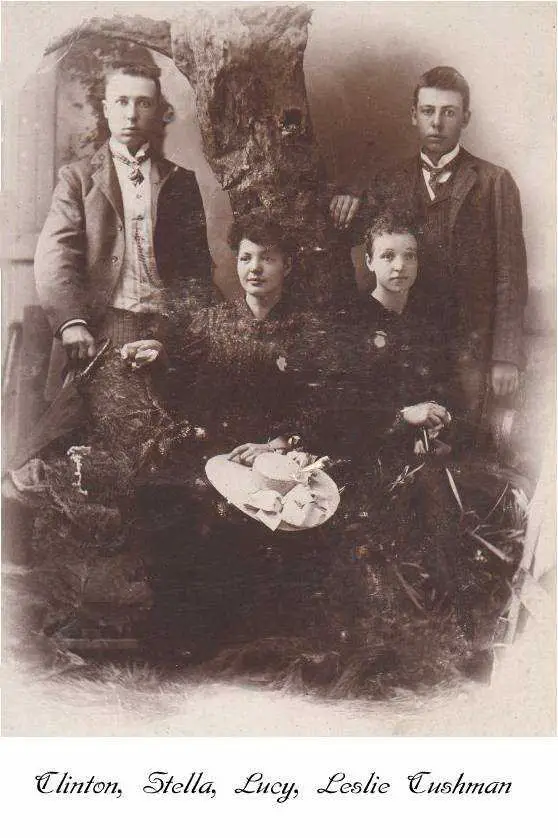
Cushman Motor Works Founded
On Oct 25, 1901, Everett and Leslie filed for a patent that was for a 2-cycle stationary engine compression seal. The patent was approved in 1902 and Clinton graduated with a degree in electrical engineering that same year.
The Cushman Motor Works founding was filed on September 18, 1902, by the Cushman Family and H. W. Davis. Davis was the loan agent and put up the capital to get the company going. The two 2nd cousins, Everett Bruce, age 24, and Clinton Cushman, age 32, are credited with founding the company, but the October 15, 1902 edition of “The Horseless Age” entered the following under “Legislative and Legal”:
The Cushman motor company has been organized at Lincoln, Neb., with $50,000 capital by H.W. Davis and L.S. and E.E. Cushman.
(E.E was probably a mistake and was supposed to be E.B. for Everett Bruce, L.S. was Leslie Silas)
The Cushman boys had been building farm machinery and putting motors in pumps, lawnmowers, and boats, attempting to make a living and build a major name for themselves. Since they were interested in boating, they developed a single-cylinder 2hp outboard engine.
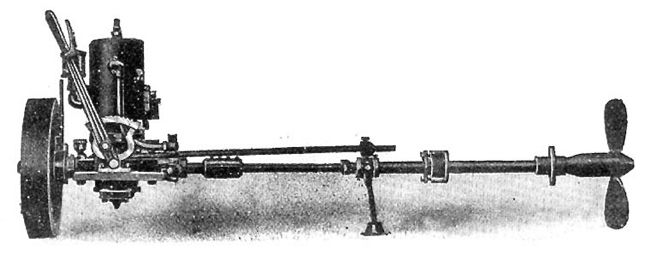
They won a competition with their outboard engine and had a glowing write-up in the news, but demand was light and didn’t help the struggling company much. The financial troubles continued for some years and Clinton left the company in 1908 to work in Los Angeles, California. His brother Leslie followed him In 1909. That same year, the family brought in E.B. Sawyer as General Operations Manager. Sawyer was a salesman with a background in engineering and saw a huge potential in responding to the farm community’s desire to mechanize agricultural production.
Cushman Motor Company developed a water-cooled, 4 cycle engine that developed a reputation for durability and speed. In 1910, their reputation throughout the midwest grew and they actually made a profit.
The Foundry
The new foundry/factory began construction on 21st St. and X in 1913. This building was to be the Cushman Icon in Lincoln for 90 years. The factory building had 250,000 square feet of floor space and covered 15 acres.

Cushman’s Impact on the Motor Vehicle Industry
Navigating through the 20th century, Cushman Motor Works carved out a niche in the motor vehicle industry, particularly with their iconic Cushman Scooter and Cushman Truckster. The engine and motor innovations developed by the company in Lincoln, Nebraska, were not merely confined to the local market but resonated on a global scale, especially during pivotal moments in history, such as their contribution to the war effort in 1944 with the Cushman Airborne.
The Cushman name became synonymous with reliable motorized vehicles, especially in sectors requiring compact and maneuverable vehicles like the golf cart and utility vehicle sectors. Cushman vehicles, notably the Cushman Truckster, became a staple in various industries, from golf courses to factories, for their durability and practicality.
Everett and Clinton Cushman didn’t just create vehicles; they crafted solutions to the mobility challenges of their times. From the gasoline motor scooters that could travel 100 miles on a single tank to the robust trucksters that became ubiquitous in various industries, Cushman showcased a remarkable ability to innovate and adapt. Their product line was not just diverse but also tailored to meet the specific needs of various sectors, ensuring their sustained relevance and impact on the motor vehicle industry.
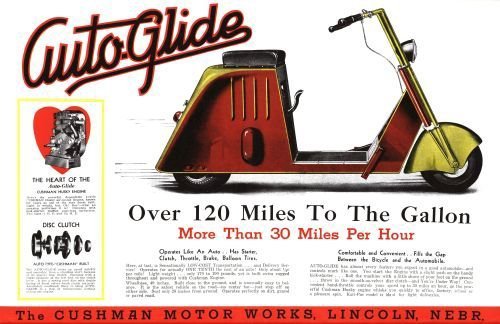
The Iconic Cushman Scooters and Their Cultural Significance
Embarking on a journey through the annals of Cushman Motor Works, the iconic Cushman scooters undeniably stand out as a remarkable chapter, weaving a rich tapestry of cultural and historical significance. The inception of these scooters was not merely a product launch; it was the birth of a cultural icon that would traverse through various epochs, from bustling city streets to the rugged terrains of World War II.
In 1936, a kid looking for parts rode into the plant on a bike that he had adapted to be powered by a Cushman washing machine motor. Charles took the idea and had his sons Robert and William design the “Auto-Glide” scooter to boost the sales of the Husky engine. The first run produced 16 scooters that were priced at around $150. The scooter was widely acclaimed as an alternative to the automobile and was, during the War’s gas rationing, a bit of a luxury.
Introduction and Design of Cushman Scooters
In the realm of motor scooters, Cushman has etched its name indelibly, offering a blend of simplicity, reliability, and practicality. The scooters, with their distinctive design and robust engine, offered an affordable and efficient means of transportation, which was particularly appealing during times of economic strain. The Cushman scooter, with its simplistic yet functional design, became a symbol of mobility and freedom for many.
Role During World War II
The Cushman Airborne, a variant of the scooter, played a pivotal role during the war, providing the armed forces with a lightweight, maneuverable vehicle that could be parachuted into hostile territories. The scooters were not only instrumental on the battlefields but also became a symbol of resilience and innovation, reflecting Cushman’s ability to adapt and innovate in dire circumstances.
Popularity and Collector’s Interest
Post-war, the scooters transitioned from a military utility to a cultural icon, permeating various aspects of society, from delivery services to popular culture. Today, Cushman scooters are not merely vehicles; they are cherished collectibles, with enthusiasts and collectors preserving and celebrating the legacy of these iconic machines. Various clubs and events dedicated to Cushman scooters bear testament to their enduring legacy and continued fascination among collectors and motor enthusiasts alike.
The Cushman scooter, from its inception, has been more than a vehicle; it has been a symbol of an era, a witness to historical events, and a cherished relic of the past that continues to be celebrated by generations present and future.
Cushman’s Impact on the Agricultural and Industrial Sectors
Navigating through the rich tapestry of Cushman Motor Works history, one cannot overlook the profound impact it has had on the agricultural and industrial sectors. The company, renowned for its innovative spirit and robust machinery, has significantly influenced various industries, particularly in the realms of agriculture and industrial development.
Development of Cushman Engines
The Cushman engines, known for their reliability and efficiency, became a staple in various machinery used in the agricultural and industrial sectors. The engines, celebrated for their durability and low maintenance, were widely utilized in farming equipment, aiding in the mechanization of numerous agricultural processes. From powering plows to irrigation systems, Cushman provided the heartbeat that enabled more efficient farming practices across the nation.
Contributions to the Agricultural Sector
In the agricultural sector, Cushman was not merely a supplier of engines. The company developed specialized vehicles and machinery that catered to the unique needs of farmers. The Cushman Turf-Truckster, for instance, was a versatile utility vehicle widely adopted for various tasks around farms and golf courses, offering a practical solution for transport and maintenance tasks in large, open spaces.
Influence on Industrial Developments
In the industrial arena, Cushman vehicles and engines found applications in numerous contexts, from factories to construction sites. The Cushman Industrial Truck, with its compact size and notable hauling capacity, became a favored choice for internal transportation within large manufacturing facilities. Furthermore, Cushman played a pivotal role in facilitating efficient logistics and internal transport, thereby streamlining operations and contributing to the overall productivity and growth of the industrial sector.
In essence, Cushman Motor Works did not merely produce vehicles and engines; it engineered solutions that addressed specific challenges within the agricultural and industrial sectors. The legacy of Cushman is thus intertwined with the development and progress of these sectors, reflecting a history of innovation, adaptability, and an unwavering commitment to quality and reliability.
Cushman Motor Works During Global Conflicts
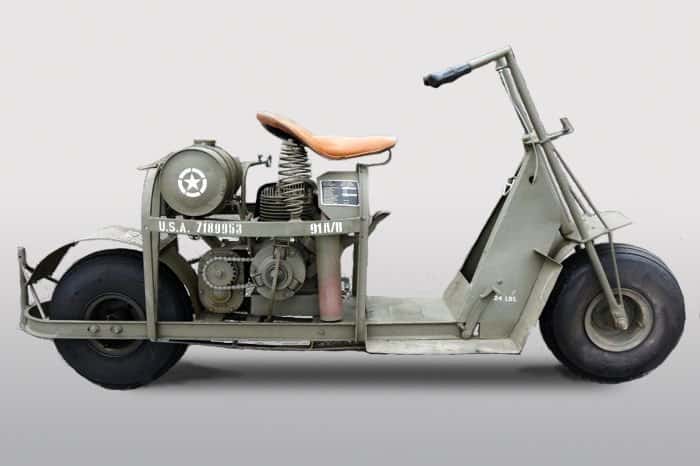
Cushman Motor Works demonstrated a remarkable ability to adapt and contribute during times of global conflict, particularly during the World Wars. Their involvement and innovations during these turbulent times not only aided the war effort but also solidified their reputation as a versatile and reliable manufacturer.
Involvement in World War I and II
- World War I: The company’s initial involvement in global conflict was somewhat limited due to its focus on farm equipment and small engines.
- World War II: Cushman’s role expanded significantly, with their scooters and engines playing pivotal roles in the military efforts. The Model 53, also known as the Cushman Airborne, was designed to be airdropped with paratroopers, providing a compact and reliable mode of transport on the ground.
Production of Military Vehicles
- Versatile Scooters: The scooters produced by Cushman were not only used for transportation but also for more specialized military applications, such as being equipped with machine guns or utilized for medical evacuation.
- Utility and Adaptability: Cushman vehicles were appreciated for their utility and adaptability in various terrains and situations, providing valuable mobility to the armed forces.
- Manufacturing Shift: The company shifted its manufacturing focus to support the war effort, contributing significantly to the production of military vehicles and equipment.
Recognition and Awards
- Military Appreciation: Cushman’s contributions were recognized and appreciated by the military, with their vehicles being noted for reliability and effectiveness in the field.
- Post-War Recognition: After the wars, the brand was celebrated for its contributions and the quality of its vehicles, which were then adapted for peacetime applications, such as civilian scooters and utility vehicles.
- Collector’s Items: Today, Cushman’s military vehicles, especially the Airborne scooters, are sought-after collector’s items, symbolizing a unique and important chapter in both military and manufacturing history.
Cushman Motor Works, through its innovative designs and manufacturing capabilities, provided invaluable support during global conflicts, showcasing the brand’s adaptability, ingenuity, and patriotic spirit. This chapter in Cushman’s history underscores its impact far beyond the realms of personal and industrial transport, reaching into pivotal moments on the global stage.
Preserving the Legacy of Cushman Motor Works
Influence on the Motor and Cart Industry
The legacy of Cushman Motor Works extends far beyond its tangible products, permeating the very fabric of the motor and cart industry. The brand, renowned for its innovative spirit and quality products, has left an indelible mark, influencing design principles, manufacturing practices, and industry standards. Cushman was not merely a producer of vehicles but a pioneer that navigated uncharted territories, introducing the world to a range of vehicles that seamlessly blended functionality, reliability, and affordability.
Preservation of Cushman Vehicles
Preserving the physical manifestations of Cushman’s legacy involves meticulous restoration, maintenance, and admiration of the vintage vehicles. Enthusiasts and collectors worldwide have dedicated themselves to maintaining Cushman vehicles, ensuring that future generations can witness the tangible embodiments of the brand’s historical journey. From the iconic Cushman scooters to the versatile Cushman Trucksters, these vehicles are not only preserved for their aesthetic and nostalgic value but also as symbols of a bygone era of innovation and industrial prowess.
Cushman Clubs and Collectors
The spirit of Cushman lives on through a vibrant community of collectors, enthusiasts, and historians, united under various Cushman Clubs and organizations. These entities serve as hubs for individuals to share knowledge, parts, and stories, ensuring that the history of Cushman is kept alive. The clubs organize events, rallies, and shows, providing platforms for members to showcase their meticulously restored Cushman vehicles, exchange insights, and celebrate the rich history and contributions of Cushman Motor Works.
In essence, the preservation of Cushman’s legacy is a collective effort, where each restored vehicle, shared story, and organized event contributes to keeping the brand’s spirit alive. It is through these concerted efforts that Cushman continues to ride through the annals of history, its legacy preserved in the memories of its community and the preserved vehicles that once graced the roads and fields of the past.
Cushman Golf Cart Production Under Textron and Outboard Marine
Acquisition and Changes
In the ever-evolving landscape of the motor industry, Cushman Motor Works experienced pivotal changes, notably being acquired in 1957 by Outboard Marine and subsequently, Textron. These acquisitions marked significant shifts in the company’s trajectory, introducing new strategies, technologies, and market approaches. Outboard Marine, known for its prowess in the marine industry, and Textron, a multi-industry conglomerate, brought diverse expertise and resources to Cushman, influencing its product development and operational dynamics.
Production Under New Ownership
Under new ownership, Cushman navigated through varied production phases, adapting to the technological advancements and market demands of the times. The production lines saw the introduction of new models, enhancements in engine capabilities, and refinements in design aesthetics. Particularly, Cushman’s golf carts became synonymous with reliability and efficiency in navigating the sprawling expanses of golf courses. The Cushman golf cart, with its compact design and robust performance, became a staple, facilitating smooth mobility across various terrains.
Popularity of the Cushman Golf Cart
The Cushman golf cart not only became a popular sight on golf courses but also emerged as a preferred utility vehicle in various settings, including resorts, large establishments, and event venues. Its versatility, ease of use, and durable build made it a favored choice among users, sustaining its popularity even amidst the evolving vehicle market. The Cushman name continued to be associated with quality and reliability, preserving its legacy even under new corporate banners.
In this journey through acquisitions and production evolutions, Cushman has managed to retain its identity and legacy, intertwining its rich history with the future pathways carved out by Outboard Marine and Textron. The wheels of Cushman vehicles, including its esteemed golf carts, continue to roll, symbolizing a brand that has adeptly navigated through times of change and progression.
How Did The Cushman Motor Works Transition from Scooters to Military Vehicles?
The history of golf cart men machines took an interesting turn when Cushman Motor Works shifted from producing scooters to manufacturing military vehicles. This transition played a significant role in their success and growth as they adapted their expertise to support wartime needs. By diversifying their product line, Cushman Motor Works demonstrated their flexibility and commitment to contributing to the war efforts.
Conclusion: Reflecting on the Cushman Motor Works Journey
Recap of Key Points
Embarking on a retrospective journey through the annals of Cushman Motor Works, we’ve traversed through its inception, evolution, and the indelible mark it has left on various industries. From its initial days in Lincoln, Nebraska, under the aegis of Everett and Clinton Cushman, to its foray into the motor scooter world and its significant contributions during global conflicts, Cushman has been synonymous with innovation, resilience, and quality.
Current Status of the Cushman Brand
Today, the Cushman brand, while having undergone numerous changes, acquisitions, and shifts in production focus, continues to be a revered name in the motor industry. Its legacy is preserved not only through the vehicles that are still in operation today but also through the enthusiasts and collectors who hold the brand’s history in high regard. The Cushman name, despite the cessation of some of its iconic models, lives on, echoing its rich history and the durable, reliable nature of its vehicles.
Final Thoughts on the Historical Journey
Reflecting on Cushman’s journey, it’s imperative to acknowledge the brand’s adaptability and its ability to carve out a niche in diverse sectors, from agricultural machinery to wartime vehicles and leisurely golf carts. The brand has navigated through times of peace and conflict, innovation, and stagnation, ensuring its name endured through the epochs. Cushman, with its storied past, stands as a testament to American ingenuity, resilience, and the relentless pursuit of progress in the motor industry.
As we conclude this exploration into Cushman Motor Works, we appreciate the amalgamation of history, machinery, and cultural significance that the brand encapsulates. It’s a narrative of mechanical prowess, entrepreneurial spirit, and an unwavering commitment to quality that has steered Cushman through over a century of evolution and change.

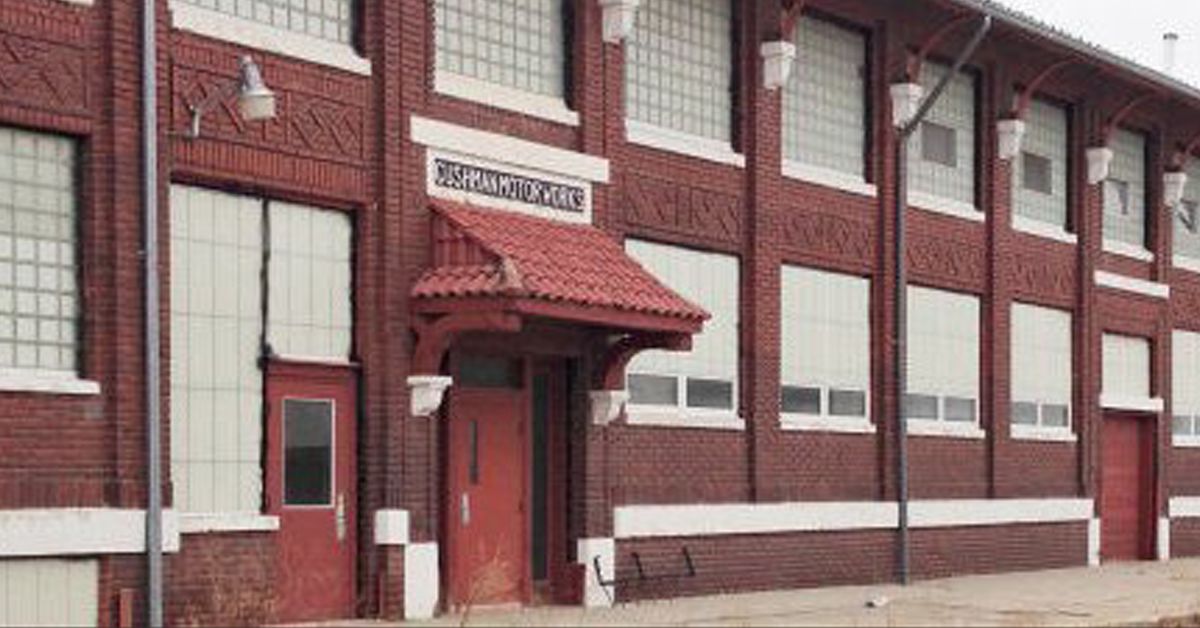


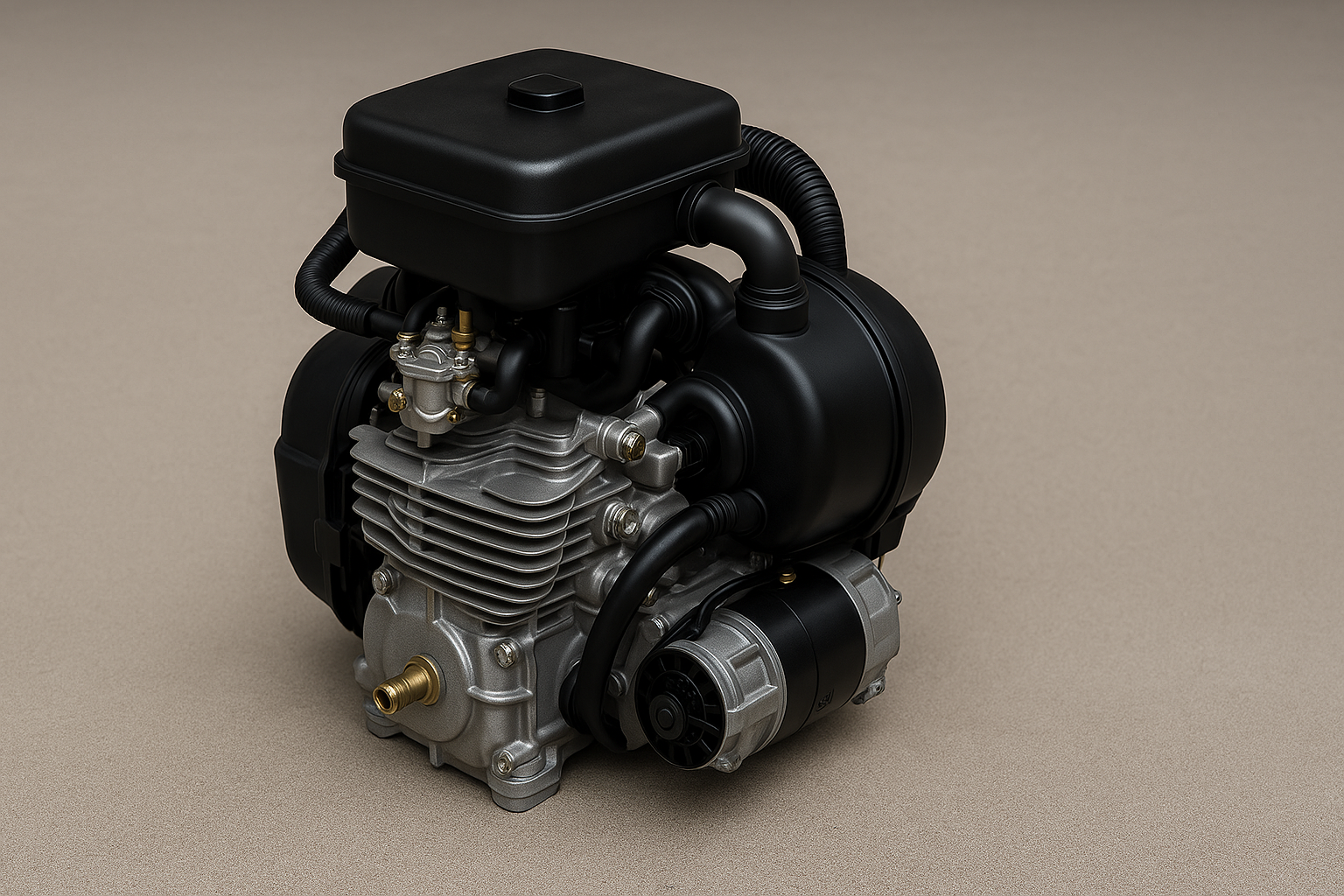
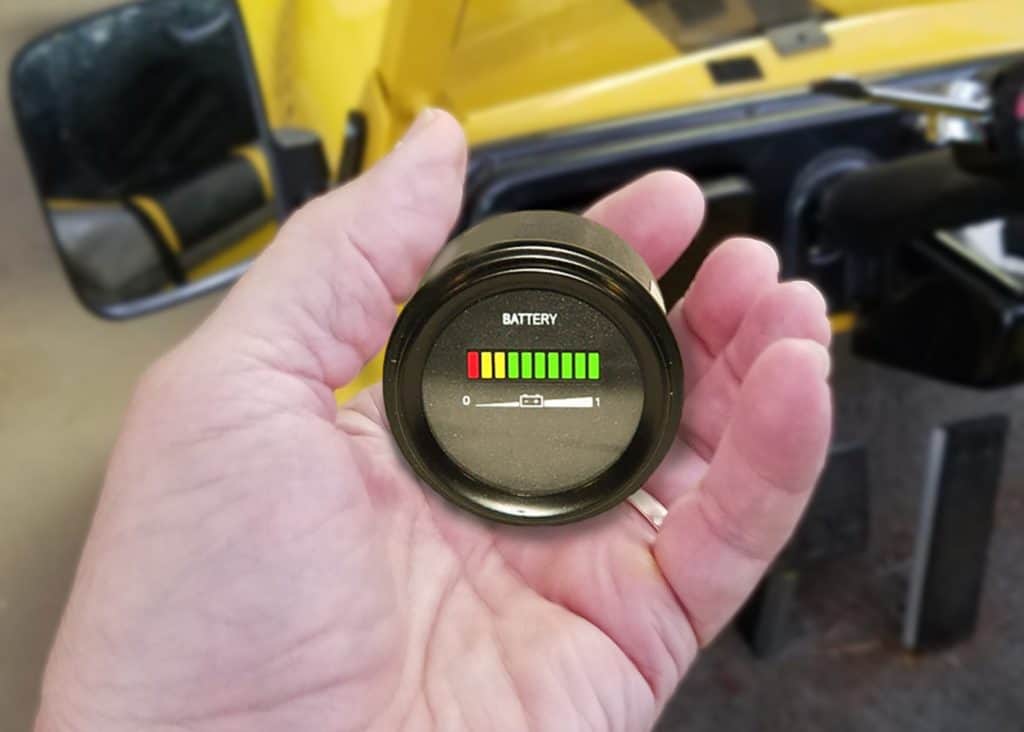
Leave a Reply